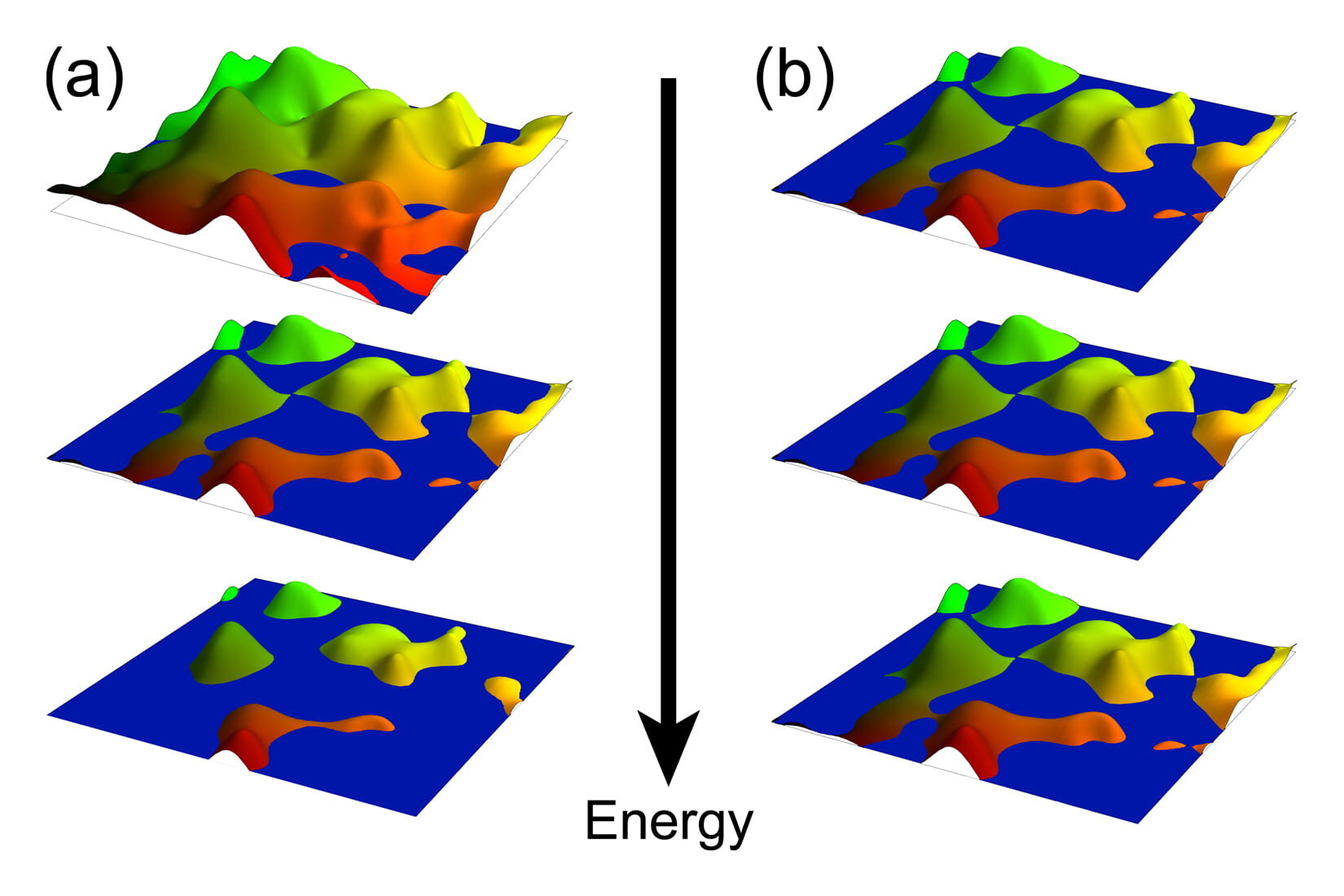
Researchers have found surprising evidence that the quantum Hall effect exists in topological superconductors that could be used to build fault-tolerant quantum computers. The quantum Hall effect was first measured in two-dimensional materials.
The study presented strong numerical evidence for a surprising link between 2-D and 3-D phases of topological matter. The quantum Hall effect was discovered in 2-D materials, and laboratories worldwide are in a race to make 3-D topological superconductors for quantum computing.
The team found a particular class of 3-D topological superconductors that should exhibit ‘energy stacks’ of 2-D electronic states at their surfaces. Each of these stacked states is a robust ‘reincarnation’ of a single, very special state that occurs in the 2-D quantum Hall effect.
They discovered a link between the critical 2-D quantum Hall state and the 3-D systems. Like the 1D edge state that persists above the transition energy in 2-D quantum Hall materials, the calculations revealed a persistent 2-D boundary state in the 3-D systems. And not just any 2-D state; it is exactly the same 2-D percolation state that gives rise to 1D quantum Hall edge states. (Phys.org)
The study has been published in Physical Review X.
